Introduction
Ogata Gekkō, a prominent figure in the world of Japanese art, left an indelible mark through his exquisite woodblock prints. With a career spanning the late 19th and early 20th centuries, Gekkō’s artwork showcases his exceptional talent, attention to detail, and deep appreciation for Japanese culture and nature. We will delve into the artistic legacy of Ogata Gekkō, exploring his notable works, and delving into the techniques and themes that define his unique style.
The Life and Artistic Journey of Ogata Gekkō
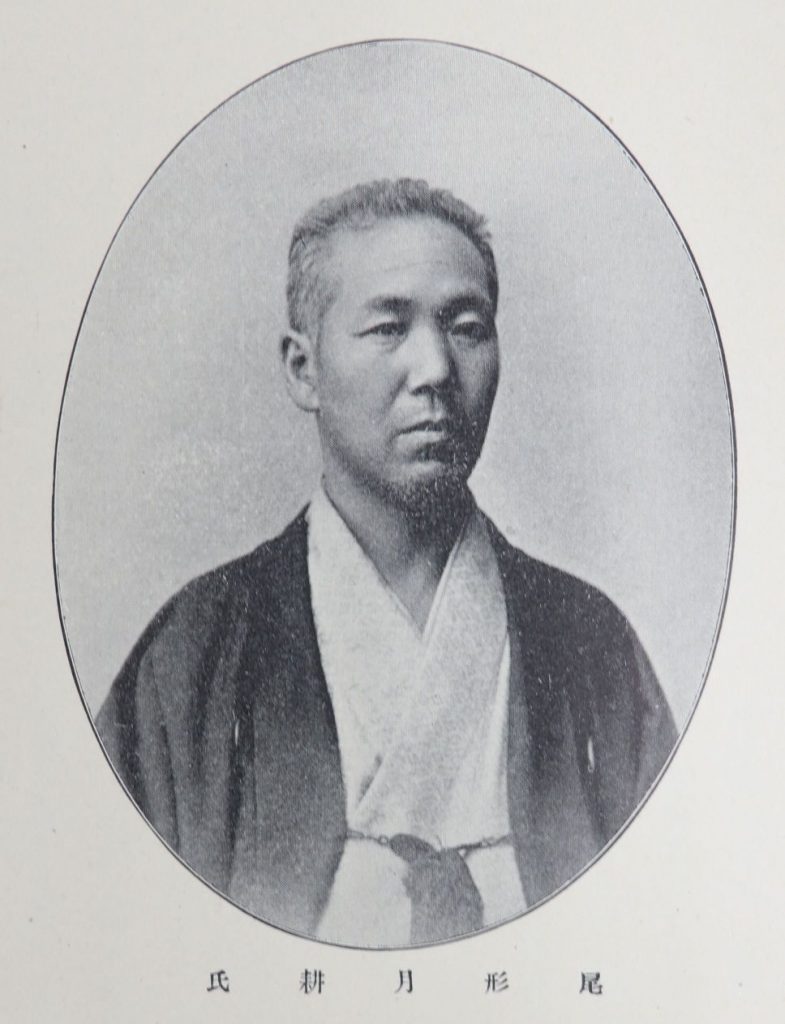
Early Life and Education:
Ogata Gekkō was born in 1859 in Aizu, a domain in northern Japan. He demonstrated a keen interest in the arts from a young age and pursued formal training in painting and printmaking. Gekkō studied under notable artists of the time, refining his skills and developing his artistic vision.
Mastering the Woodblock Print Technique:
Gekkō’s artistry flourished in the realm of woodblock prints, known as ukiyo-e. This traditional Japanese printmaking technique involves intricate carving of wooden blocks and layering of pigments to create vibrant and detailed compositions. Gekkō’s mastery of this technique allowed him to bring his artistic visions to life with precision and beauty.
Hundred Views of Mount Fuji
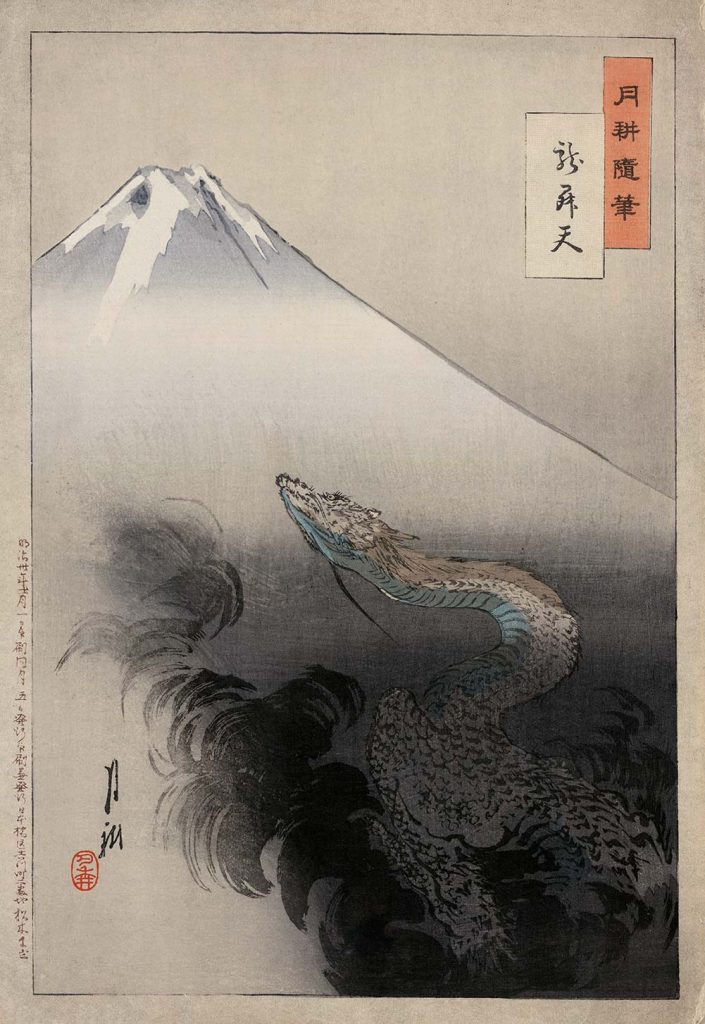
A Celebrated Series of Mount Fuji Art:
Among Gekkō’s most renowned works is his series titled “Hundred Views of Mount Fuji” (Fugaku Hyakkei). Inspired by Katsushika Hokusai’s iconic “Thirty-Six Views of Mount Fuji,” Gekkō set out to create a comprehensive depiction of the revered mountain from various angles and seasons. The series comprises woodblock prints, each showcasing a unique perspective of Mount Fuji.
“Ryūshōten” – The Divine Ascendance:
One of the most iconic prints in the series, “Ryūshōten,” captures the moment of Mount Fuji’s ascent into the celestial realm. The title translates to “The Ascendance of Ryūshō” and refers to a legendary Chinese tale of a mythical phoenix-like bird rising to the heavens. This print encapsulates Gekkō’s ability to infuse mythical and spiritual elements into his art while maintaining a sense of realism.
Artistic Techniques and Symbolism:
In “Ryūshōten,” Gekkō skillfully employs vibrant colors and delicate lines to depict the mountain’s ascent amidst swirling clouds and celestial rays of light. The composition is meticulously balanced, with Mount Fuji positioned at the center, emanating a sense of power and grandeur. Symbolically, the print represents Mount Fuji’s transcendence beyond the earthly realm, evoking a feeling of awe and spiritual enlightenment.
Themes and Techniques in Gekkō’s Art
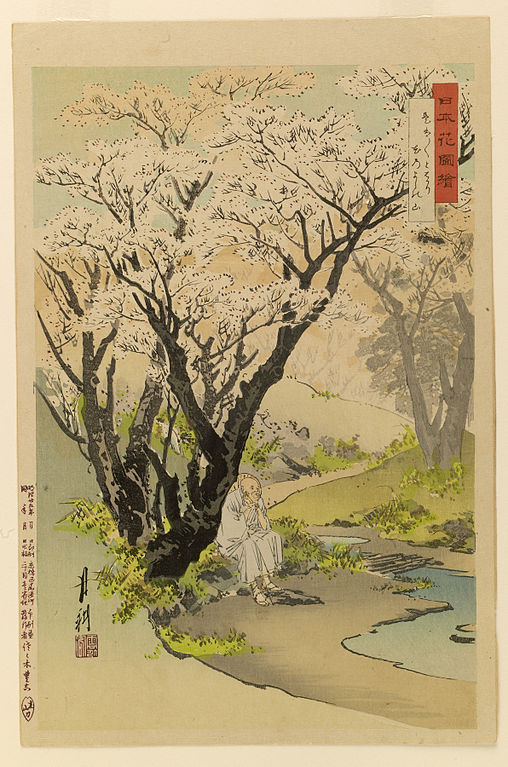
Nature and Landscapes:
Gekkō’s artwork is deeply rooted in the natural beauty of Japan. His prints often feature scenic landscapes, serene gardens, and elements of nature such as cherry blossoms, bamboo, and flowing water. Through his meticulous attention to detail, Gekkō transports viewers to idyllic settings, inviting them to appreciate the harmony between humans and their natural surroundings.
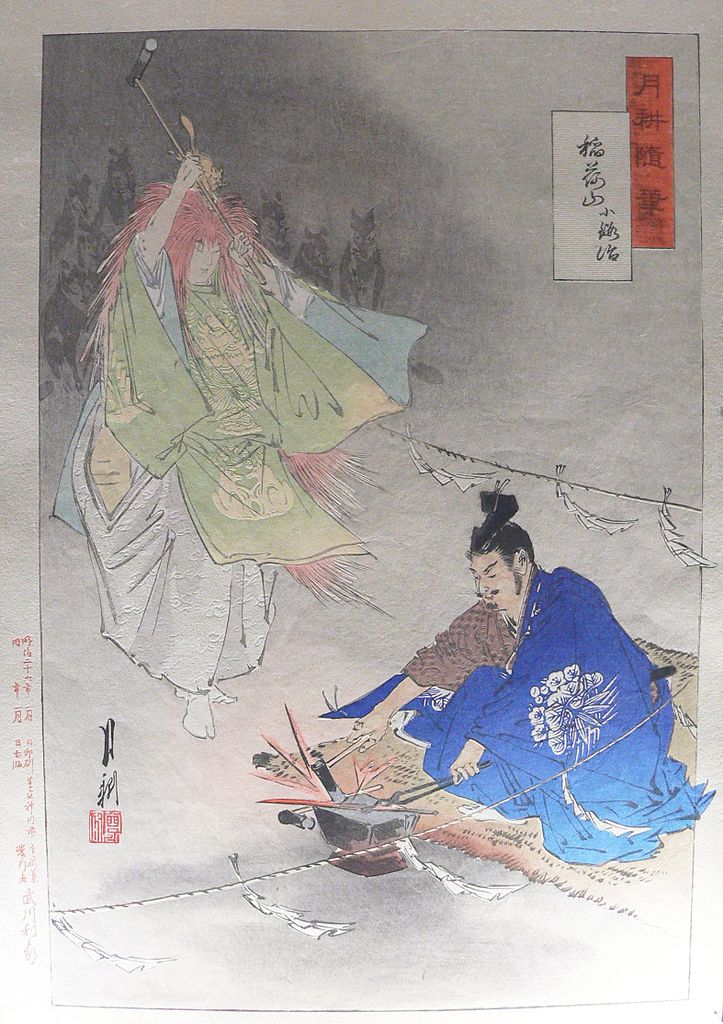
Portraits and Historical Figures:
In addition to landscapes, Gekkō also depicted historical figures and notable personalities of his time. His portraits showcase a keen eye for capturing the essence and personality of his subjects. With careful use of color, line work, and shading, Gekkō’s portraits convey depth and emotion, providing a glimpse into the lives and stories of the individuals he portrayed.
Conclusion
Ogata Gekkō’s artistic contributions to the world of ukiyo-e and Japanese art are significant and enduring. His meticulous craftsmanship, attention to detail, and profound appreciation for Japanese culture and nature are evident in every woodblock print he created. Through his celebrated works, Gekkō’s art continues to inspire and captivate audiences, serving as a testament to the timeless beauty of Japanese art.
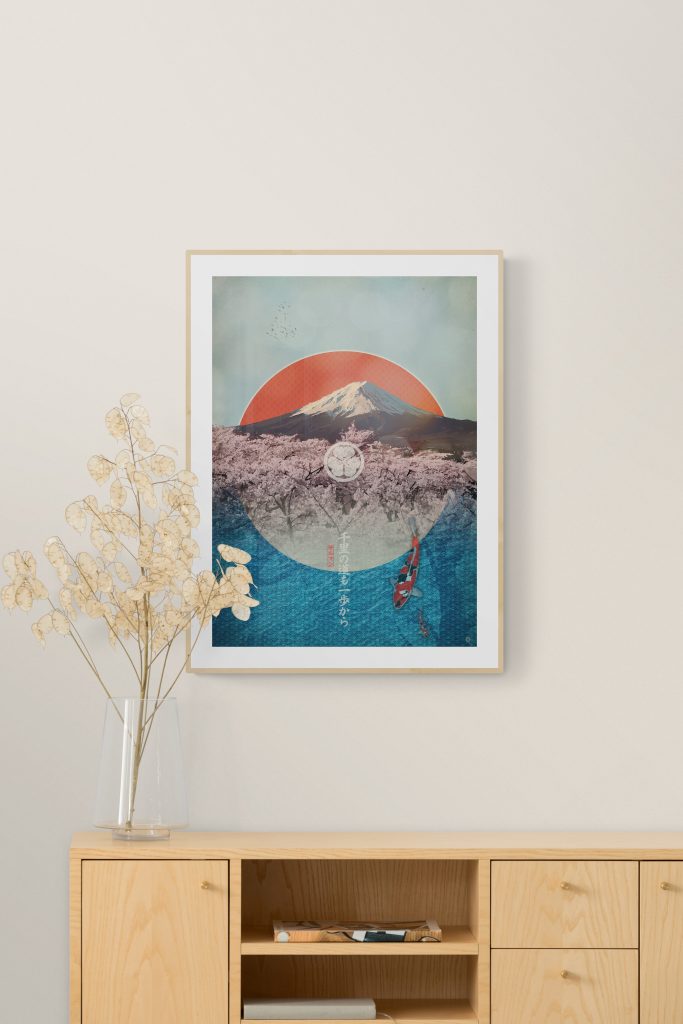
At the Art of Zen we have a wide selection of original Japanese style art prints in the ukiyo-e and Japandi style. Add some zen to your space with Mount Fuji wall art from the Art of Zen shop.
The featured image at the top is Maebara Isuke Munefusa, ukiyoe art by Ogata Gekko.
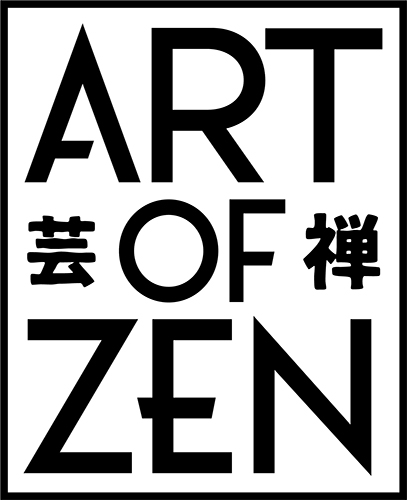
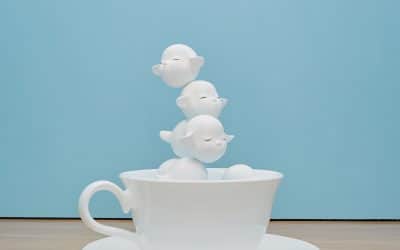
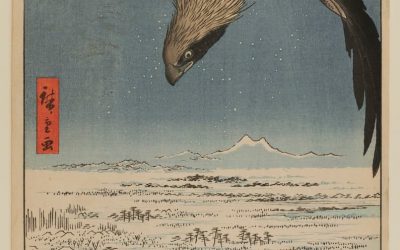
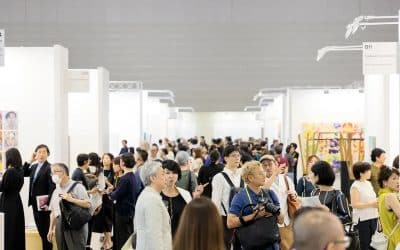
0 Comments